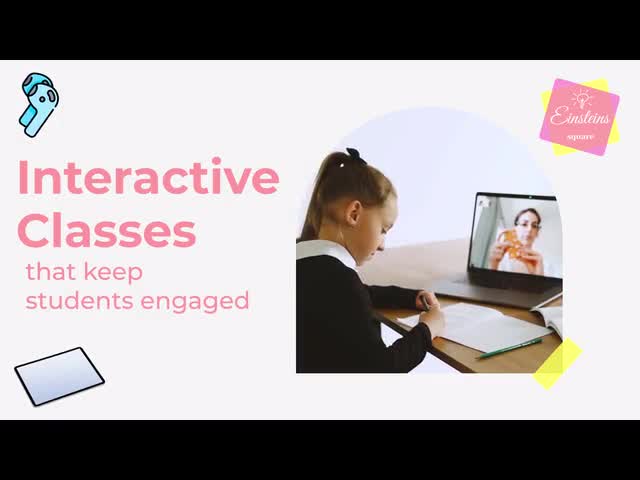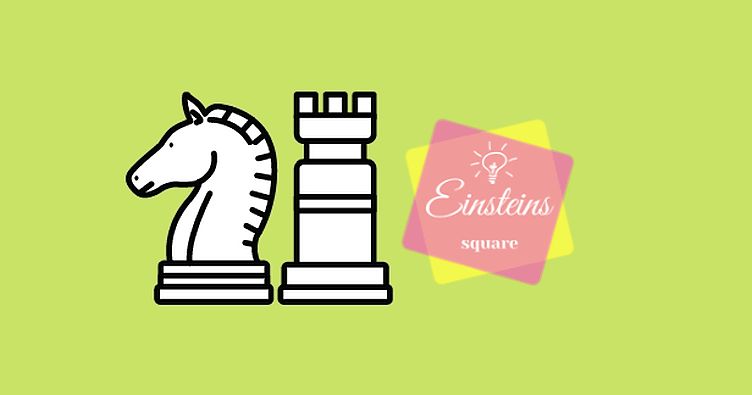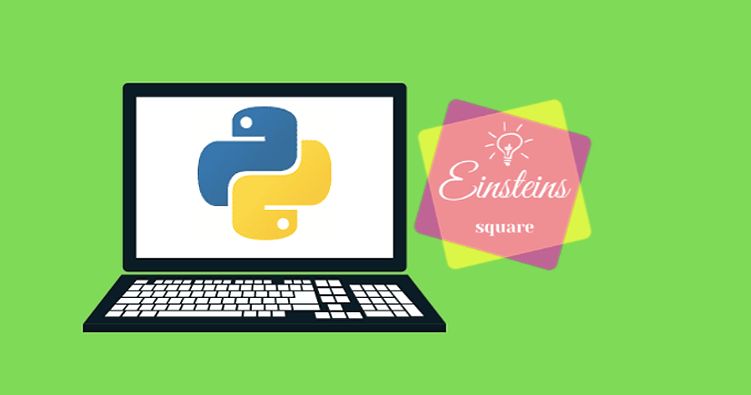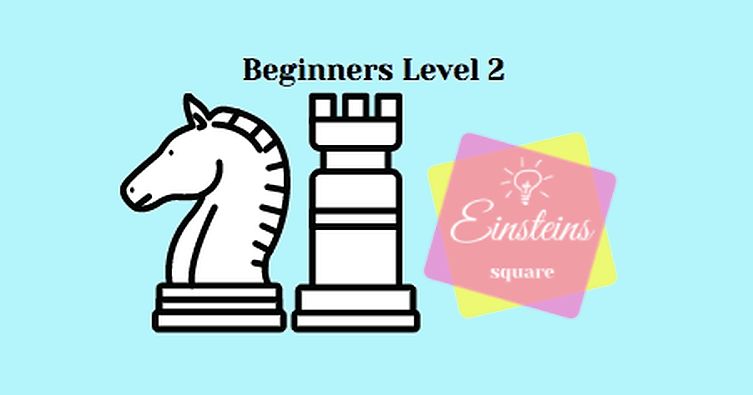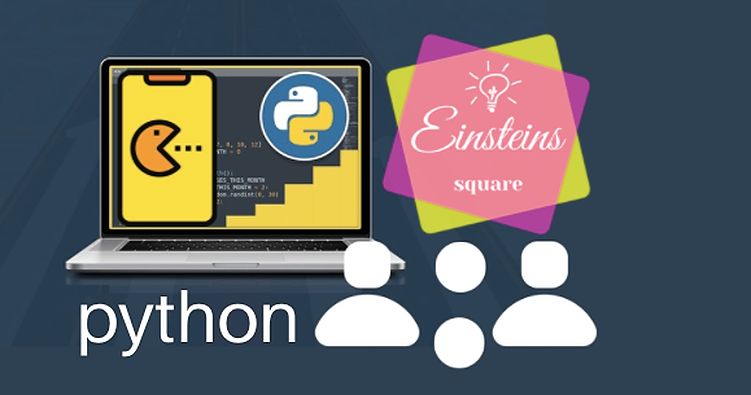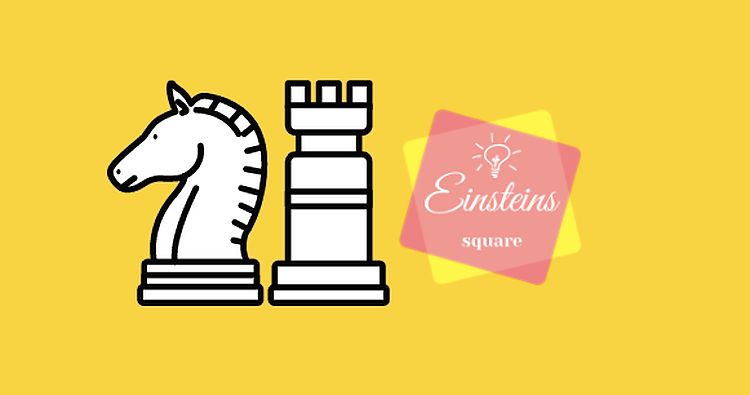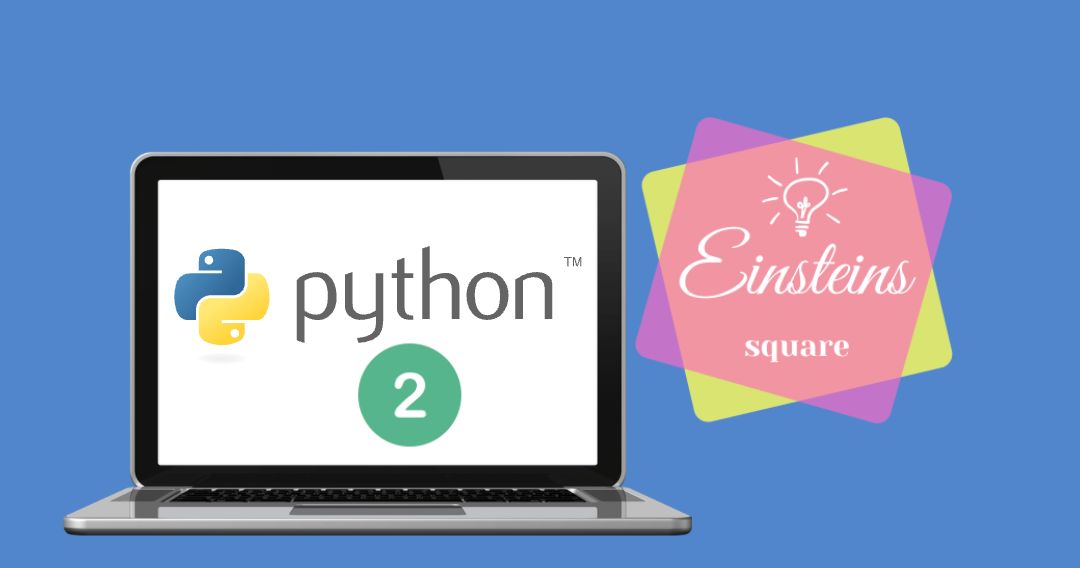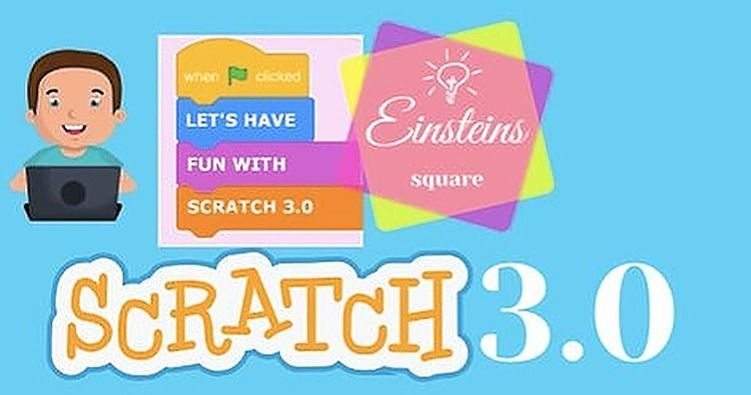🎵 Showcase your kid’s musical talent and win up to $1,000 in prize value!Enter Now
200
($100 value)


Python Programming Basics for Beginners (Once a Week, 4 Weeks) Level 1
Ages 10-15
Live Group Course
Live video meetings
1x per week, 4 weeks
1-3 learners per class
55 min
Overview

Live Group Course
Meet over live video meetings
4 live meetings
3 hrs 40 mins in-class hours
Projects
1-2 throughout the class
Certificate of Completion
1 after class completionClass Experience

US Grade 4 - 7

Beginner Level
This engaging, beginner-friendly Python class introduces learners to the fundamentals of text-based programming through interactive lessons and real coding practice. Students will discover how Python’s open libraries make it one of the easiest and most versatile languages to learn—and how coding logic applies to real-world problem-solving. Class Experience Each class begins with a teacher-led demonstration, where key coding concepts are explained clearly with examples. Then, students will code along in real time, experimenting, testing, and debugging their work. Learners are encouraged to ask questions, share their screens, and discuss logic as they go. Learners need to install VS Code before the class start, on their laptop for a hands-on experience. Instructions and setup support are provided before class. Lesson Structure • Class 1: Setting up Python, creating and saving your first file. Write your first program: “Hello, Python!” • Class 2: Understanding data types—strings, integers, and comparison operators—and how to use them. • Class 3: Exploring loops and user-defined functions to make code reusable and efficient. • Class 4: Working with dictionaries and generating output to organize and display information creatively.
Learning Goals

Set up and navigate a Python coding environment, creating and saving their own files.
Understand and use fundamental concepts like variables, strings, integers, and operators.Syllabus
4 Lessons
over 4 WeeksLesson 1:
Introduction to Python Setup and First Program
In this first week, learners will set up their Python environment and create their very first text-based program. The class begins with an overview of what Python is, why it’s one of the most versatile programming languages, and where it’s used in real life—from gaming to AI! 55 mins online live lesson
Lesson 2:
Understanding Data and Variables
This week introduces learners to data types—the building blocks of Python programming. Students will explore how computers handle text (strings) and numbers (integers), and learn how to use comparison operators to make logical decisions in code.
Through live examples and short exercises, they’ll see how different data types interact, practice writing expressions, and experiment with simple input and output. By the end of the session, learners will be able to manipulate and compare data to make t 55 mins online live lesson
Lesson 3:
Loops and Functions: Making Code Smarter
In this week’s class, students will unlock the power of loops and user-defined functions—two essential tools that make coding efficient and organized.
They’ll learn how to use for and while loops to repeat actions automatically, and how to create their own functions to reuse blocks of code. The instructor will guide them through fun, practical examples such as printing patterns, generating number sequences, and simplifying complex code using functions.
By the end of this week, learners will unde 55 mins online live lesson
Lesson 4:
Working with Dictionaries and Output
In the final week, learners will discover dictionaries—a powerful way to organize and store data using key-value pairs. They’ll practice creating and retrieving information from dictionaries, and then display their results with clean, formatted output.
The instructor will walk through creative examples such as tracking scores, organizing data, or building mini lookup programs.
By the end of this lesson, learners will combine all their skills—data types, loops, functions, and dictionaries—to comp 55 mins online live lesson
Other Details

Parental Guidance
Please install VS code on the laptop : https://code.visualstudio.com/download

External Resources
In addition to the Outschool classroom, this class uses:
Offered by
Teacher expertise and credentials

4 teachers have a Graduate degree
Master’s Degree in Science from Amrita School of Engineering
Master’s Degree in Business Administration and Management from Guru Gobind Singh Indraprastha University
Master’s Degree in Business Administration and Management from Birla Global University
Master’s Degree in Science from Rashtrasant Tukadoji Mahraj Nagpur University

4 teachers have a Bachelor’s degree
Bachelor’s Degree in Science from Savitribai Phule Pune University
Bachelor’s Degree in Science from Anna University
Bachelor’s Degree in Computer Engineering from Biju Patnaik University of Technology
Bachelor’s Degree in Music or Theatre or Arts from Solapur Univeristy
Our teachers are experienced IT professionals and coding educators specializing in Python, data structures, and software development for young learners. With backgrounds in both computer science and education, they emphasize clarity, problem-solving, and creativity. Lessons are built around real-world examples that help learners connect programming logic with everyday applications, ensuring a fun and empowering first experience with text-based coding.Reviews
47 total ratings, 28 with reviews
Review summary for this class
The reviews overwhelmingly praise the instructors for their patience, clarity in explaining concepts, and ability to engage students of varying skill levels. Students found the classes enjoyable and felt motivated to continue learning programming. Parents appreciated the instructors' understanding and willingness to accommodate missed classes. Taking this class seems to be an excellent way to kindle an interest in coding and lay a strong foundation.
This summary was AI-generated from parent reviews
Our teacher was very patient and kind. My daughter learned and enjoyed...
Kimberly G.on Oct 10, 2022
Other classes by E Square | 5500+ 5 star ratings | 25000+ learners
Other classes by E Square | 5500+ 5 star ratings | 25000+ learners
Related categories
Parents also liked

Animation and Programming With Alice - Level 1SP
$15 per week
Sally Morris - Tech/SPED
4.8
(234)
Self-Paced Class
6 weeks
9-14

Let's Animate! Animation and Art Social Class | Ages 11-14
$15 per class
Studio Kidli • Arts ◦ Video Games ◦ STEM
4.9
(79)
Group Class
1/wk, 50 min
11-14
Next session at 5 PM tomorrow

Procreate : 2D Animation and Illustration (55min)
$65 per session
Miss Haley
4.9
(48)
1-on-1 Lessons
On Demand
4-18

Hand Drawn Animation (13-18)
$34 per class
Animation Atelier
4.8
(32)
Group Class
6 wks, 1/wk, 55 min
13-18

Beginner's 3D Animation With Blender (Ages 13-18)
$20 per week
Joey Tiell
5.0
(243)
Self-Paced Class
4 weeks
13-18

Procreate Dreams (New App) : 2D Animation and Video Editing (55min)
$65 per session
Miss Haley
4.9
(48)
1-on-1 Lessons
On Demand
7-18

Stop Motion Animation Beginners for (Ages 13-17)
$20 per class
Amy Maruska, M.Ed
4.9
(262)
Group Class
1 wk, 1/wk, 45 min
13-17
Next session at 11:30 PM on Monday

Roblox Studio Animation: For Intermediate Creators (5-Days Ages 8-13)
$27 per class
Bloom
4.8
(165)
Group Class
1 wk, 5/wk, 45 min
8-13
Next session at 9 PM on Monday

Making Stunning Animated Effects in Movies - Intro to Rotoscoping! (Ages 12-18)
$23 per class
Raymond Mullikin (Raytoons Comics)
4.9
(528)
Group Class
4 wks, 1/wk, 50 min
12-17
Next session at 7 PM on Thursday

Beginner Procreate Animation Camp (Ages 8–13)-Create Gifs & Moving Art!
$13 per class
Create N Learn: Chess, Roblox, Minecraft, English
4.8
(679)
Group Class
1/wk, 50 min
8-13
Next session at 7 PM today

1:1 Private Ongoing Class: 2D Traditional Cartoon Animation Help (Ages 5-18)
$43 per session
Raymond Mullikin (Raytoons Comics)
4.9
(528)
1-on-1 Lessons
On Demand
5-18
Next session at 1 AM on Sunday

Animation Basics! Animation Course for Kids | Ages 11-14
$20 per class
Studio Kidli • Arts ◦ Video Games ◦ STEM
4.9
(79)
Group Class
5 wks, 2/wk, 50 min
11-14

Procreate Dreams Animation Club: All Levels Friendly (Ages 10+)
$18 per class
Young Illustrators Studio with Bear Howe
5.0
(193)
Group Class
1/wk, 50 min
10-15
Next session at 10 PM on Wed 1/14

Making Amazing Animated Movies - Intro to 2D Animation (Ages 12+)
$16 per class
Raymond Mullikin (Raytoons Comics)
4.9
(528)
Group Class
6 wks, 1/wk, 50 min
13-18
Next session at 5:05 PM on Tue 11/18

Learn 2D Animation! LEVEL 2 Procreate Dreams Animation : Weekly Club
$17 per class
Creative Courses Group
4.9
(1,055)
Group Class
1/wk, 50 min
12-16
Next session at 9 PM on Thursday

*Animation Pathway Foundation #1 | Introduction to Procreate Dreams Animation
$16 per week
Creative Courses Group
4.9
(1,055)
Self-Paced Class
4 weeks
8-18
Are you planning to use state funding, such as an Education Savings Account (ESA), Micro-grant or scholarship to help pay for your learner’s education?
.png?height=124&width=124&quality=80&strip=true)
